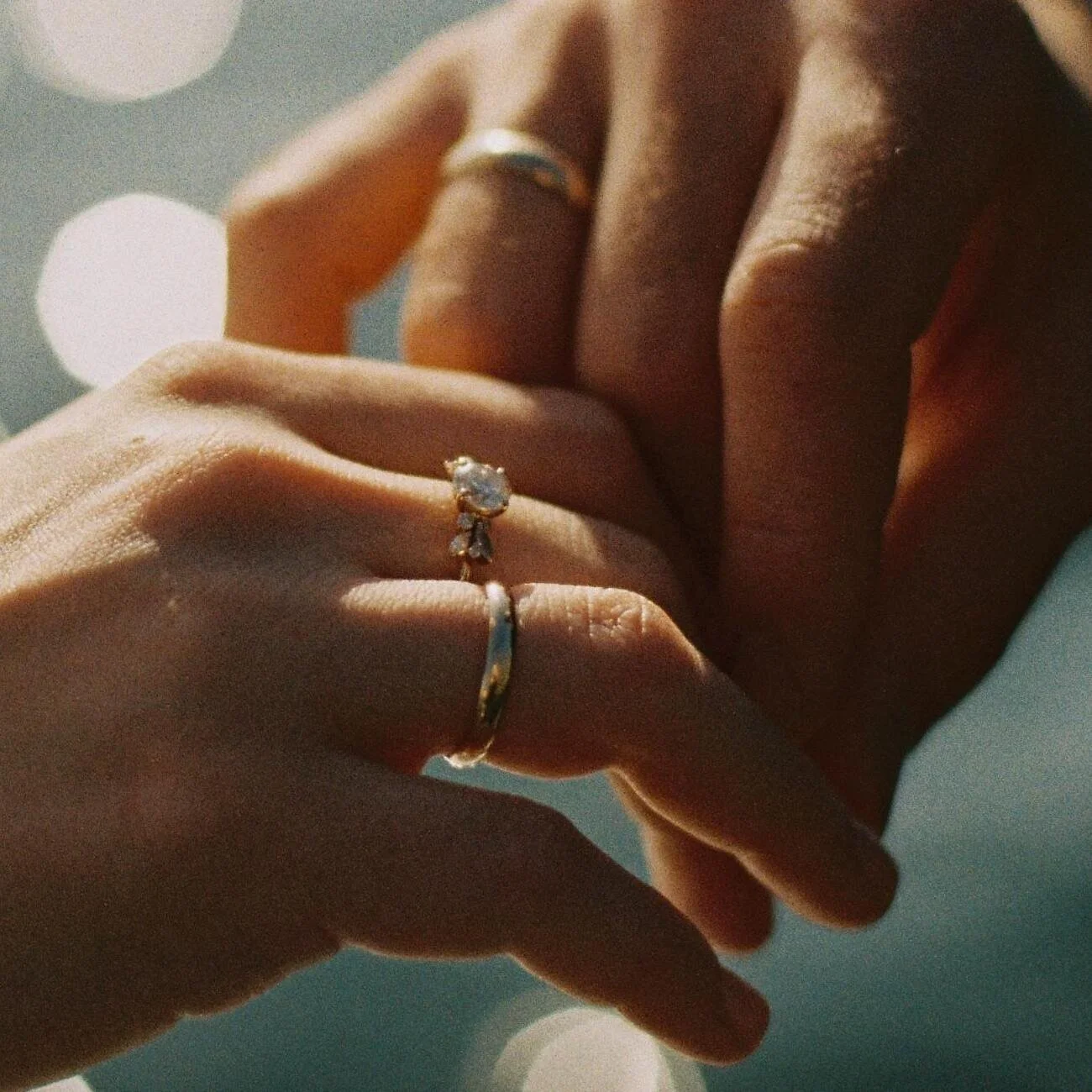Tips for Beautiful Winter Photography
Unless you live in the Southern Hemisphere, winter is upon us! While you might be tempted to put away the camera gear for a few months, you shouldn't! This is a fantastic time to take pictures - especially nature and landscape photography. You might need to bundle up, but rather than avoid the weather, use it as an opportunity to capture fantastic scenery, conditions, and ambiance.
From snowy landscapes to moody skies, winter can be a terrific time to capture some genuinely incredible imagery. We thought we'd delve a bit into what you should know to help you out. So, keep the camera gear out, peruse our tips, and head out the door to take some pictures. Make sure to bundle up!
1. Safety First
Never compromise your safety or that of others for a picture. It's simply not worth it. You've likely heard or seen news stories of someone falling over a cliff, distracted as they attempted to take a picture. No picture is ever worth risking your life or that of someone else.
Also, remember to check the weather before you head out! Only you can be the judge of what you can withstand in search of excellent scenery. If you're unfamiliar with the area, you might consider hiring a reputable guide to take you out. Being a tourist is one thing. Being a photographer is another.
2. Weather & Camera Challenges
Always consider the weather conditions to ensure you have the appropriate equipment before you head out in winter. If you haven't taken pictures in extreme cold, you might be in for some unexpected challenges. Just imagine trying to shoot a photo while standing outside in a below-zero temperature. You'll not only need warm clothes, but you'll also need camera equipment that can withstand the weather.
TIPS:
Make sure you have a suitable camera for outdoor photography. Some cameras aren't built to shoot outside certain temperatures.
If you plan on shooting outdoors often in winter, and you're purchasing a camera, consider the physical settings. Are there arrows or buttons you'll need to press?
If you already own several cameras, select one that you can easily handle in harsh weather.
Fingerless gloves or tech-sensitive gloves are an option as long as the weather isn't too cold.
Bring a few heat packs or hand warmers that you can insert into your clothes and gloves.
Try adjusting the settings while still inside the car. That will take some guesswork on your part, and unless you're very experienced, it could be a losing game.
Whenever possible, we suggest using a tripod to stabilize the camera when shooting outdoors in winter.
Watch for moisture build-up in the camera, including reentering a warm space from freezing temperatures that will cause fogging.
Note: Some cameras aren't built to shoot outside certain temperatures. The typical range is 0 to 40°C (32 to 104°F) for a mirrorless or advanced DSLR. Outside that range, your camera will not work as well, the battery won't last as long, and you even risk damaging the camera (although actual damage is rare).
3. Snowy scenes
If you're shooting in winter, there's a good chance you will shoot snowy landscapes at some point, and that can pose a challenge. Bright white snow scenes can blow out your image, mostly because it can trick your meter into underexposing. It could take some experimentation on your part to balance capturing light while not blowing out the image.
It's not all bad when taking pictures of snowy landscapes. These scenes can have an other-worldly feel about them, creating beautiful, abstract images. Isolate snow or ice details with either a telephoto or a macro lens.
TIP: Use the histogram and review your photos to help you get the right exposure.
4. Animals in Winter
Winter can be an excellent time to capture animals in the wild. Without the lush cover of leaves and shrubs, non-hibernating animals are more exposed to your camera lens. It can be an excellent time to capture their activities, even nocturnal animals - as long as you're prepared. Many animals migrate south just before the start of winter. If you know what to look for, and when, you can capture some great pictures of migrations.
TIPS:
Pick up a book or do some internet research to learn more about the migratory patterns that exist in your area. Whether you're photographing animals beginning their migration or ones that are passing through, migrations can make interesting and beautiful images.
Invest in quality telephoto or zoom lenses to best capture them.
Anticipate their movements and be ready to shoot before you think you need to start shooting.
The composition can transform any image, but especially when it can add context to the animals' movement. Consider the composition carefully and experiment with different angles.
5. Night Sky in Winter
If you have ever stood outside on a cloudless sky on a winter night, you'll recall how stunning a winter night sky can be. Celestial objects can be more remarkable in winter. Making winter nights all the more desirable. You can learn more about photographing night skies in the recent blog post. If you need some help to identify celestial bodies, some apps can help with that!
TIP:
For a fun challenge, research meteor showers and try doing some time-lapse images. We've written previously about the best time-lapse cameras.
6. Composition in Winter
Winter provides a unique opportunity to compose your images. As we mentioned earlier, its natural landscapes can be stunning. Branches barren of leaves can provide drama and opportunity to frame your shot from a different angle to add interest.
Sometimes, what isn't there is as exciting as what is. Don't make the mistake of thinking that winter is devoid of interest beyond the snow. Look for exciting or unusual shapes and unexpected vistas made visible by the season. Nature does not have to be colorful, as in summer months, to be beautiful.
Monochromatic landscapes can evoke powerful emotions and simple beauty. While you can produce some extraordinary images in black and white during winter months, you should still consider color photography - because there is color.
Once you've captured your favorite winter scenes, consider compiling them into photo books to preserve the seasonal memories and showcase your work in a meaningful, tangible way.




















